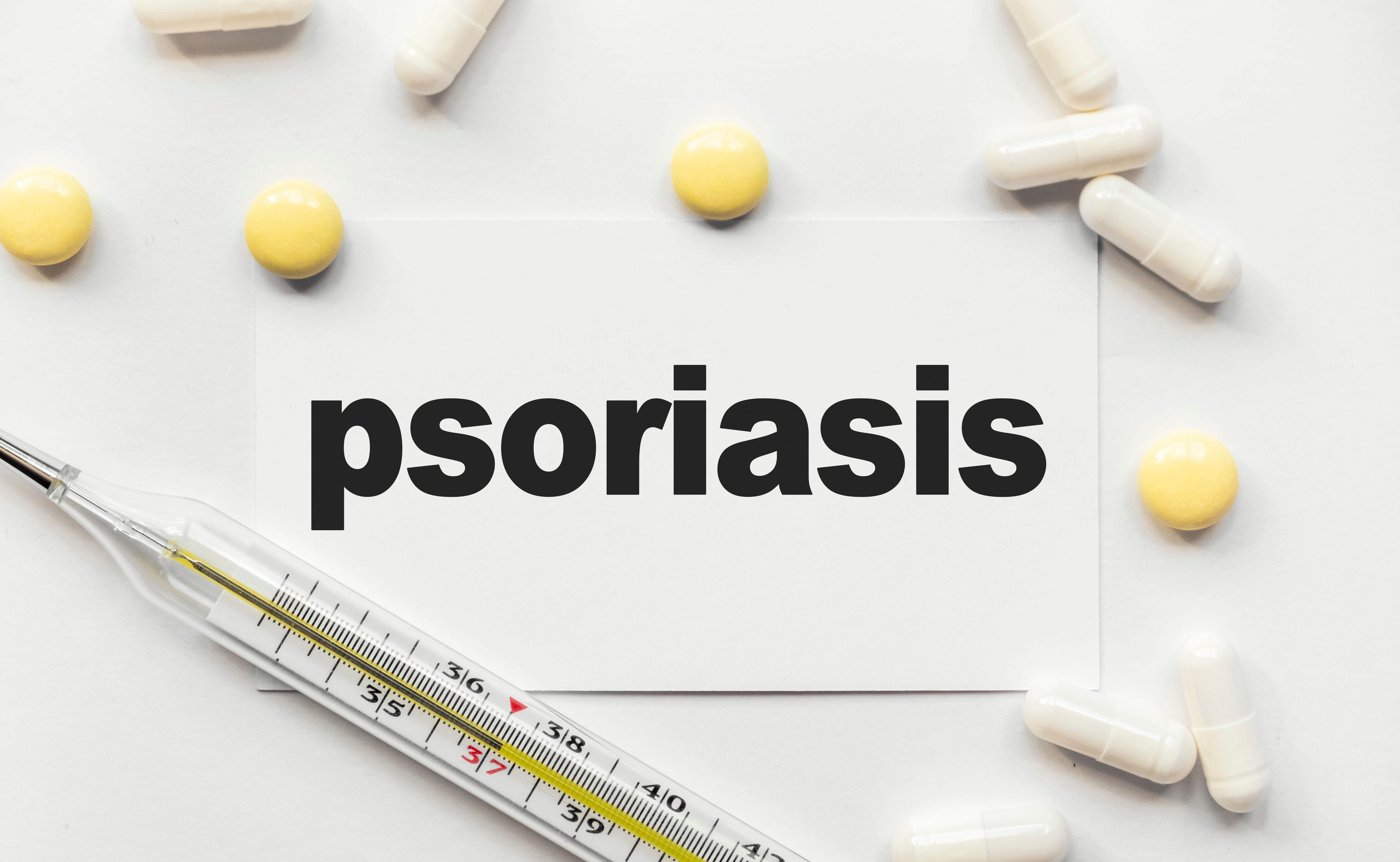News
Article
Psoriasis Risk Linked to Elevated Non-HDL to HDL Cholesterol Ratio, Study Finds
Author(s):
Key Takeaways
- Elevated NHHR is linked to a 7% increased risk of psoriasis per unit increase, with a 39% higher risk in the highest NHHR tertile.
- The study's findings were consistent across subgroups, reinforcing NHHR's potential as a biomarker for early psoriasis risk assessment.
Data reveal a strong association between non–high-density lipoprotein (non-HDL) cholesterol to HDL cholesterol ratio and psoriasis onset in US adults.
A significant positive correlation was identified between elevated non–high-density lipoprotein (non-HDL) cholesterol to HDL cholesterol ratio (NHHR) levels and an increased risk of psoriasis in US adults.1 These findings underscore NHHR's potential role in early risk assessment for psoriasis, offering a valuable tool for clinicians in managing patients at higher risk.

In this cross-sectional analysis, published in Clinical, Cosmetic and Investigational Dermatology, the researchers aimed to examine the relationship between NHHR and psoriasis.
“Across subgroups based on race, diabetes, smoking status, and sex, this association remained constant,” they wrote. “According to the findings, NHHR is crucial for the early diagnosis of psoriasis in people who are at high risk.”
NHHR serves as a novel lipid parameter used to assess the risk of cardiovascular disease (CVD).2 Although it has been identified as a potential biomarker for metabolic diseases, and psoriasis has long been associated with metabolic dysfunction and obesity, its connection to NHHR remained unclear.1
The study used data from the National Health and Nutrition Examination Survey (NHANES) from 2009 to 2014, including 30,468 participants initially. After excluding individuals with missing psoriasis data (n = 10,941), missing non-HDL and HDL cholesterol data (n = 1823), and those under age 20 years, a final sample of 15,951 adults was included.
Psoriasis status was determined through self-reported data, where participants who answered "yes" to having been told by a health care provider they had psoriasis were considered as having the condition. NHHR was calculated by dividing non-HDL cholesterol by HDL cholesterol; it served as the independent variable.
The study also accounted for various covariates, including age, gender, race, body mass index, triglycerides, cholesterol levels, diabetes, smoking, and socioeconomic factors. Logistic regression analysis was conducted to examine the relationship between NHHR and psoriasis, adjusting for different models to control for potential confounding variables. Additionally, an interaction test was used to explore whether the relationship between NHHR and psoriasis varied across subgroups such as gender, race, diabetes, and smoking.
The analysis demonstrated a positive correlation between psoriasis and NHHR. For each unit increase in NHHR, the risk of psoriasis rose by 7% (OR, 1.07; 95% CI, 1.01-1.14).
Moreover, individuals in the highest NHHR tertile had a 39% higher likelihood of developing psoriasis compared with those in the lowest tertile (OR, 1.39; 95% CI, 1.09-1.78). This association between elevated NHHR and increased psoriasis risk was consistently observed across various subgroups, further supporting the robustness of the findings.
However, the researchers noted some limitations. First, the diagnosis of psoriasis was based on self-reported data from medical professionals or health care practitioners, and this reliance on self-reporting could introduce reporting bias and lacks clinical validation. Second, the relatively small sample size of patients with psoriasis in this study may have affected the reliability of the results. Third, given the cross-sectional nature of the study, it was impossible to establish a definitive cause-and-effect relationship between psoriasis and NHHR. Last, although potential confounders were adjusted for, other unmeasured factors, such as daily medication usage and lifestyle choices, could have influenced the study's findings.
Despite these limitations, the researchers believe the study suggests a connection between an elevated NHHR and a higher chance of developing psoriasis.
“Strong clinical significance exists for the study’s findings, especially when it comes to patient care and illness prevention,” wrote the researchers. “The study’s identification of the relationship between NHHR and psoriasis offers clinicians a potential biomarker for identifying at-risk patients in the clinic and putting targeted preventative measures in place.”
References
1. Jiang Y, Jia M. Association between non-HDL to HDL cholesterol ratio (NHHR) and psoriasis in adults: a cross-sectional study using 2009-2014 data. Clin Cosmet Investig Dermatol. 2024;17:2523-2531. doi:10.2147/CCID.S492053
2. Huang X, Li J, Zhang L, Zhang C, Li C. The association between the non-high-density lipoprotein cholesterol to high-density lipoprotein cholesterol ratio and non-alcoholic fatty liver disease in US adults: a cross-sectional study. Sci Rep. 2024;14(1):24847. doi:10.1038/s41598-024-76002-y





